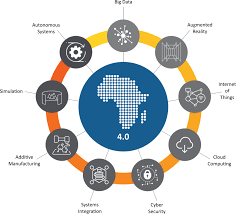Source:-analyticsinsight.net We live in a world surrounded by various software and applications and tend to shovel all the data related to our existence without any hesitation. Interestingly public and private sector organizations collect this information, store it and leverage it for personal and public benefits. The big data generated at such a massive scale help Read More
Tag: deep learning

Source:-analyticsinsight.net As the world heads towards increased efficiency and productivity through disruptive technologies, some of them are revising themselves with enhanced attributes offering better services and effectiveness. Machine Intelligence is one such technology that has risen from the advancement and evolution of ubiquitous technologies – machine learning and artificial intelligence. Machine Intelligence is advanced computing Read More
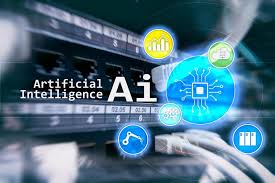
Source:-itproportal.comThis article will examine the obstacles involved in trying to detect moving objects and how smart cameras and deep learning can correct them. An object in motion looks fundamentally different from an object at rest — especially to a computer. To get a better idea of this concept, let’s imagine a film strip of a Read More
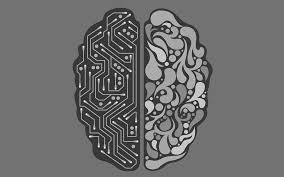
Source:-infoq.com The Apache Software Foundation (ASF) recently announced that SINGA, a framework for distributed deep-learning, has graduated to top-level project (TLP) status, signifying the project’s maturity and stability. SINGA has already been adopted by companies in several sectors, including banking and healthcare. Originally developed at the National University of Singapore, SINGA joined ASF’s incubator in March 2015. SINGA provides a framework for Read More

Source:-infoq.com The Apache Software Foundation (ASF) recently announced that SINGA, a framework for distributed deep-learning, has graduated to top-level project (TLP) status, signifying the project’s maturity and stability. SINGA has already been adopted by companies in several sectors, including banking and healthcare. Originally developed at the National University of Singapore, SINGA joined ASF’s incubator in March 2015. SINGA provides a framework for Read More
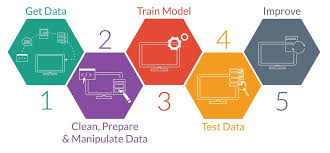
Source:-analyticsinsight.net Ever since computers were invented, there has been an exponential growth in their ability and potential to perform various tasks. In order to use computers across diverse working domains, humans have developed computer systems while increasing their speed, and reducing size with respect to time. Artificial Intelligence pursues the stream of developing the computers Read More

Source:-telegraphindia.com I am a miner who has to delve deep for precious stuff. But I don’t need massive drilling machines or gigantic trucks for mining — just some smart software, lots patience and some intellect. I try to find patterns while mining for data in an ocean of database, which helps companies take important business Read More
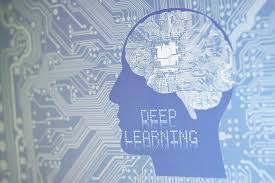
When it comes to keeping up with emerging cybersecurity trends, the process of staying on top of any recent developments can get quite tedious since there’s a lot of news to keep up with. These days, however, the situation has changed dramatically, since the cybersecurity realms seem to be revolving around two words- deep learning. Although Read More
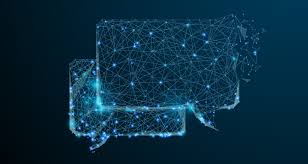
Source:-analyticsindiamag.comSpeech is one of the most important and almost always, the prime way of communication for humans. This mode of communication occupies a majority of services. From call centres to Amazon’s Alexa, industries and products are driven by speech. Many of these processes are automated — a voice is recorded which is then played when a Read More
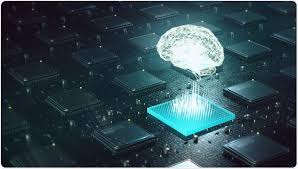
Source: news-medical.net Caicedo et al. have determined an evaluation framework to assess the improvements in fluorescent images of nucleus segmentation achieved by machine learning versus classical approaches. The team revealed that of the two deep learning modes interrogated (DeepCell and U-Net), there was improved accuracy of nuclei segmentation when both methods were trained with a large fluorescence Read More

Source: healthimaging.com Utilizing a deep learning algorithm could help radiologists determine valuable coronary artery calcium scores (CACS) in a fraction of the time. Such scores have proven to be more predictive of cardiovascular risk than any other biomarker, but quantifying CACS via imaging remains a time-consuming and labor-intensive task, wrote authors of a new study published Nov. Read More
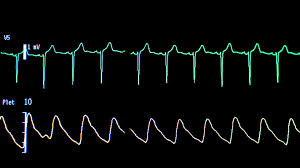
Source: healthcareitnews.com Artificial intelligence technology based on a deep learning model could help cardiologists predict irregular heart rhythms, known as atrial fibrillation, before it develops. WHY IT MATTERSThat’s the conclusion drawn from two studies to be presented at the American Heart Association Scientific Sessions 2019 and conducted by Geisinger researchers. A team of scientists trained Read More

Source: cio.economictimes.indiatimes.com San Francisco, A team of researchers has used Artificial Intelligence (AI) to turn two-dimensional (2D) images into stacks of virtual three-dimensional (3D) slices showing activity inside organisms. Using deep learning techniques, the team from University of California, Los Angeles (UCLA) devised a technique that extends the capabilities of fluorescence microscopy, which allows scientists to precisely label parts Read More
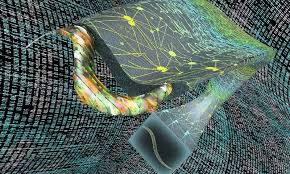
Source: phys.org A UCLA research team has devised a technique that extends the capabilities of fluorescence microscopy, which allows scientists to precisely label parts of living cells and tissue with dyes that glow under special lighting. The researchers use artificial intelligence to turn two-dimensional images into stacks of virtual three-dimensional slices showing activity inside organisms. Read More
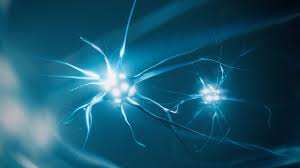
Source: waste-management-world.com At this week’s Ecomondo event in Rimini, Italy, TOMRA Sorting Recycling unveiled GAIN, a deep learning-based sorting technology for advanced accuracy of complex sorting tasks at high throughput rates. Officially launched at the Ecomondo exposition, TOMRA said that the new technology is part of its efforts to achieve a truly circular economy by Read More

Source: techxplore.com A team of researchers from the National University of Singapore (NUS) has put Singapore on the global map of Artificial Intelligence (AI) and big data analytics. Their open-source project, called Apache SINGA, “graduated” from the Apache Incubator on 16 October 2019 and is now Southeast Asia’s first Top-Level Project (TLP) under the Apache Read More
Source: analyticsinsight.net The news nowadays is brimming with anecdotes about AI. Recently, we’re perceiving how deep fake strategies make changed and persuading videos, photographs or audio of individuals and how deep learning and neural networks succeed at the exceptionally complex strategy board game Go. Notwithstanding these sorts of applications, organizations keep on the struggle to Read More
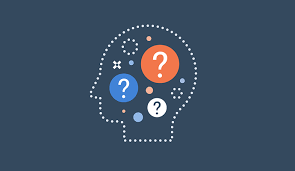
Source: healthitanalytics.com November 04, 2019 – What do the following numbers have to do with the annual meeting of the Radiological Society of North America: 2, 12, 32, 271, and 308? They refer to the presence of “artificial intelligence” at the show from 2015 to 2019, in that order. RNSA sees tremendous potential in the application of Read More
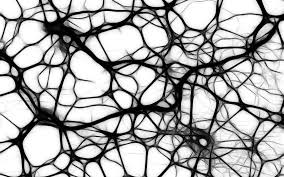
Source: innotechtoday.com While neurological diseases seem sudden, striking out of nowhere, many of them are actually progressive. The brain develops such conditions over time, and the symptoms can be barely noticeable until it is too late. The secret to helping such patients in time is befriending deep learning technology. Various types of image analysis software, mostly based Read More

Source: searchstorage.techtarget.com There are many routes an organization can follow when buying an AI storage platform. But one important goal should be to find a product that will enable the company to more effectively collect data and perform machine learning and AI tasks. Some of the key issues involved in evaluating and selecting AI data storage products Read More
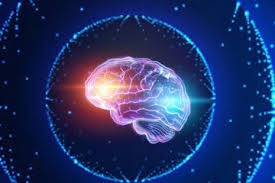
Source: aithority.com There’s an old saying in the Artificial Intelligence community: once software starts working people stop calling it AI. You could make the argument that the opposite has taken place during the last ~6 years of the neural network renaissance with Machine Learning researchers returning to the term AI as the old stigma of exaggerated hype wears off. Read More

Source: techxplore.com Researchers from the University of Houston have developed an artificial intelligence-based ozone forecasting system, which would allow local areas to predict ozone levels 24 hours in advance. That would improve health alerts for people at heightened risk of developing problems because of high ozone levels. Yunsoo Choi, associate professor in the Department of Earth Read More
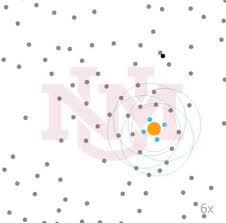
Source: techxplore.com Advancements in robotics and artificial intelligence (AI) are enabling the development of artificial agents designed to assist humans in a variety of everyday settings. One of the many possible uses for these systems could be to escort humans or valuable goods that are being transferred from one location to another, defending them from Read More

Source: physicsworld.com Head CT is used worldwide to assess neurological emergencies and detect acute brain haemorrhages. Interpreting these head CT scans requires readers to identify tiny subtle abnormalities, with near-perfect sensitivity, within a 3D stack of greyscale images characterized by poor soft-tissue contrast, low signal-to-noise ratio and a high incidence of artefacts. As such, even Read More
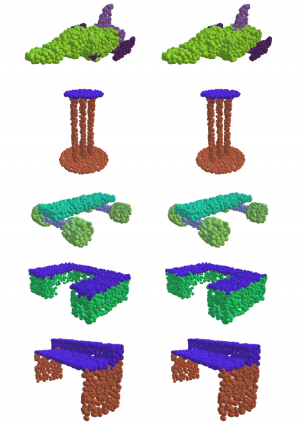
Source: news.mit.edu If you’ve ever seen a self-driving car in the wild, you might wonder about that spinning cylinder on top of it. It’s a “lidar sensor,” and it’s what allows the car to navigate the world. By sending out pulses of infrared light and measuring the time it takes for them to bounce off Read More

Source: techxplore.com Deep learning can help scholars restore ancient Greek texts. Specifically, researchers at University of Oxford (Thea Sommerschield and Professor Jonathan Prag) and DeepMind (Yannis Assael) built Pythia, training a neural network to guess missing words or characters from Greek inscriptions. These were on surfaces including stone, ceramic and metal. They were between 1500 Read More
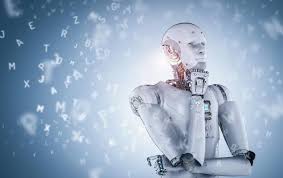
Source: zacks.com Cognex (CGNX – Free Report) recently announced the acquisition of Seoul-based SUALAB, a developer of deep learning-based vision software. Although the financial terms of the acquisition have been kept under wraps, per a Pulse article the transaction price is estimated to be $168.6 million. Deep learning allows Cognex to solve the most complex vision application operations in factories Read More
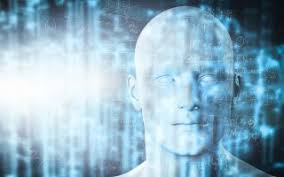
Source: itproportal.com Businesses today continue to be bombarded by an increasing number of cyberthreats, as hackers become adept at identifying and exploiting vulnerabilities in security systems. A survey by the World Economic Forum ranked data theft and large-scale cyberattacks 4th and 5th in a list of the biggest risks facing our world. With cybercrime regularly Read More
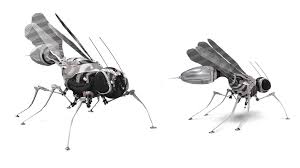
Source: dpaonthenet.net The ultimate aim is to use this knowledge to design fly-like robots. “Just think about what a fly can do,” says Professor Pavan Ramdya, whose lab at EPFL’s Brain Mind Institute, with the lab of Professor Pascal Fua at EPFL’s Institute for Computer Science, led the study. “A fly can climb across terrain that a Read More

Source: neowin.net Dark matter and dark energy have been the subject of study for cosmologists and physicists who are striving the understand the world around us in its entirety. The composition of the universe is an age-old inquiry that these researchers have probed into. And while we do have estimates of the likely percentages of Read More
